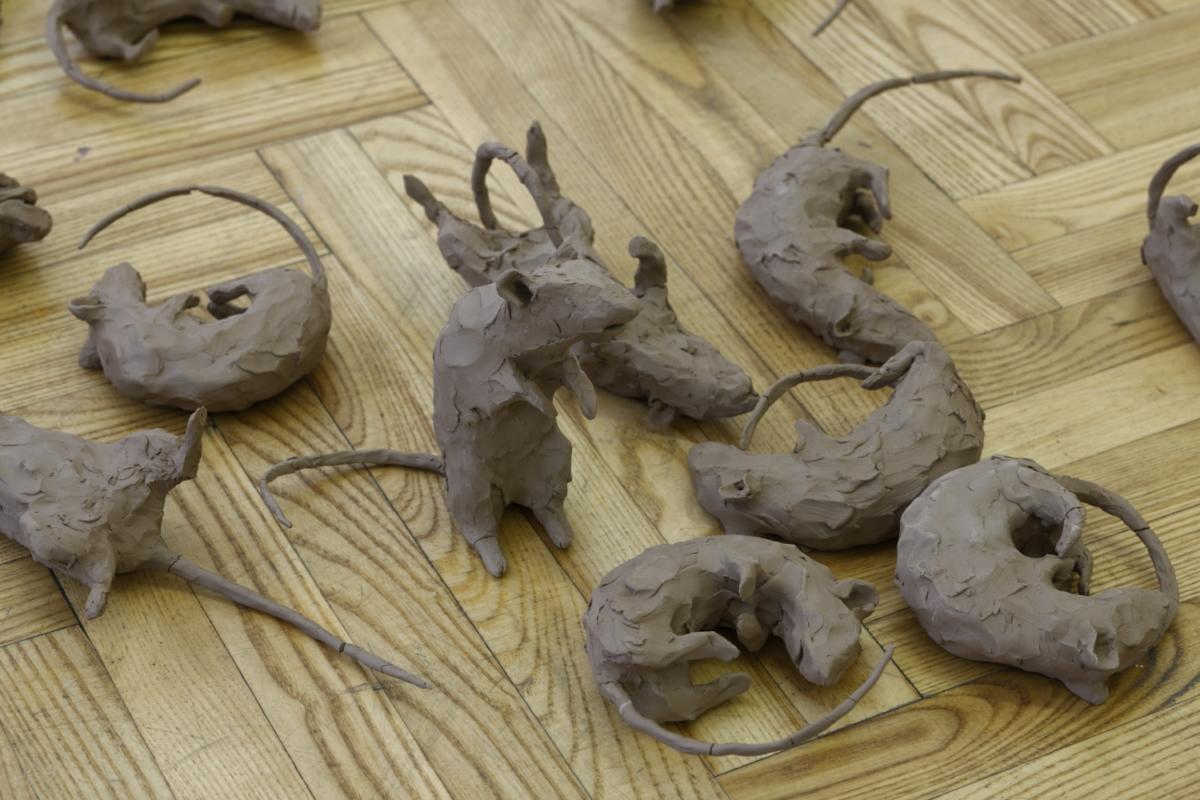
The town of Hamelin in Germany has for centuries dated documents, by assuming June 26th year 1284 as the starting point of recorded time, since on that day 130 children of the town were lost. In years to follow this story became the faitytale of “Pied Piper”, a rat catcher that employed a flute to get rid of rats, and after recieving no payment, the story has it, he lured the children of the town into a cave and the kids were never seen again. In the German speaking areas this tale was popularised by Brothers Grimm and in English speaking realm by a poem by Robert Brauning. But what did really happen to these children? Did they die during plague, and rats were spreading the disease? Or could it be that they were posessed by the common in Medieval times phenomenon of dancing plague, when people would dance for hours, days and sometimes weeks for no apparent reason and often got lost in the dance and ventured to other towns? Or was the pied piper in the fairytale actually graf Nikolas von Spielenberg, that recruited German youths for christianising the Baltic region, but before reaching their destination everyone died in a shipwreck?
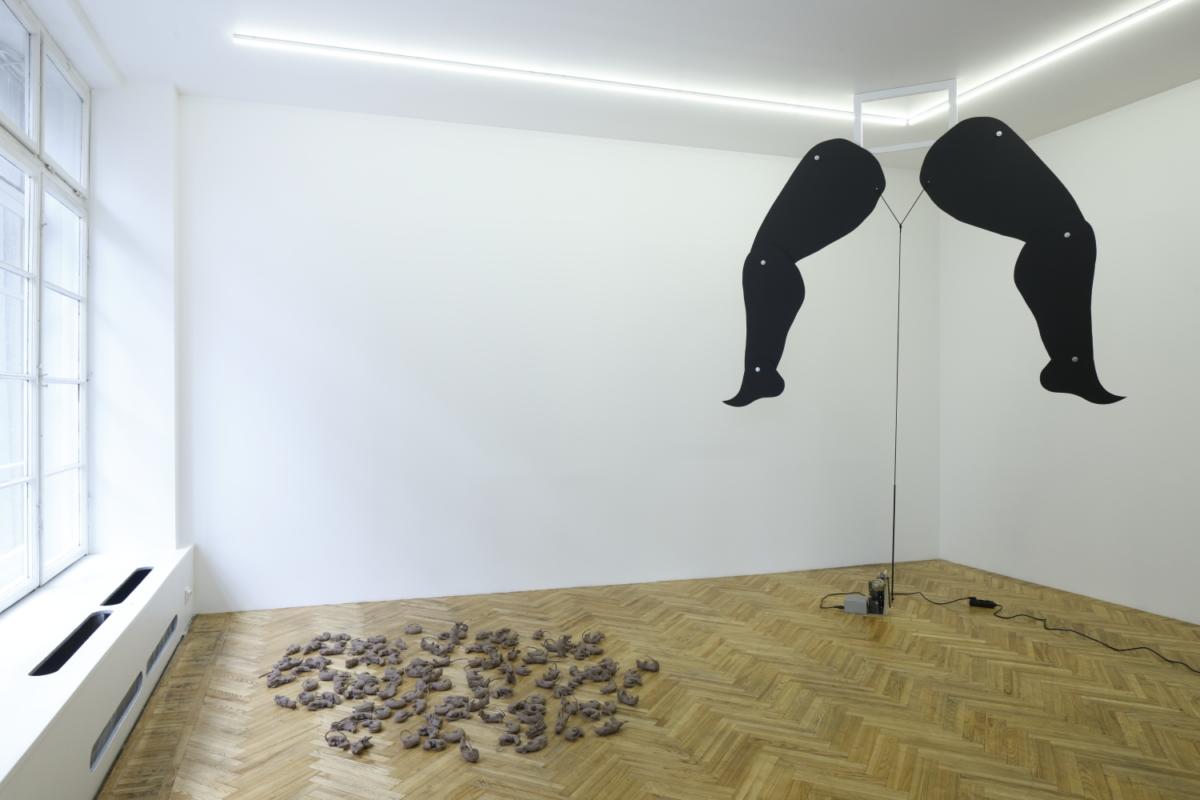
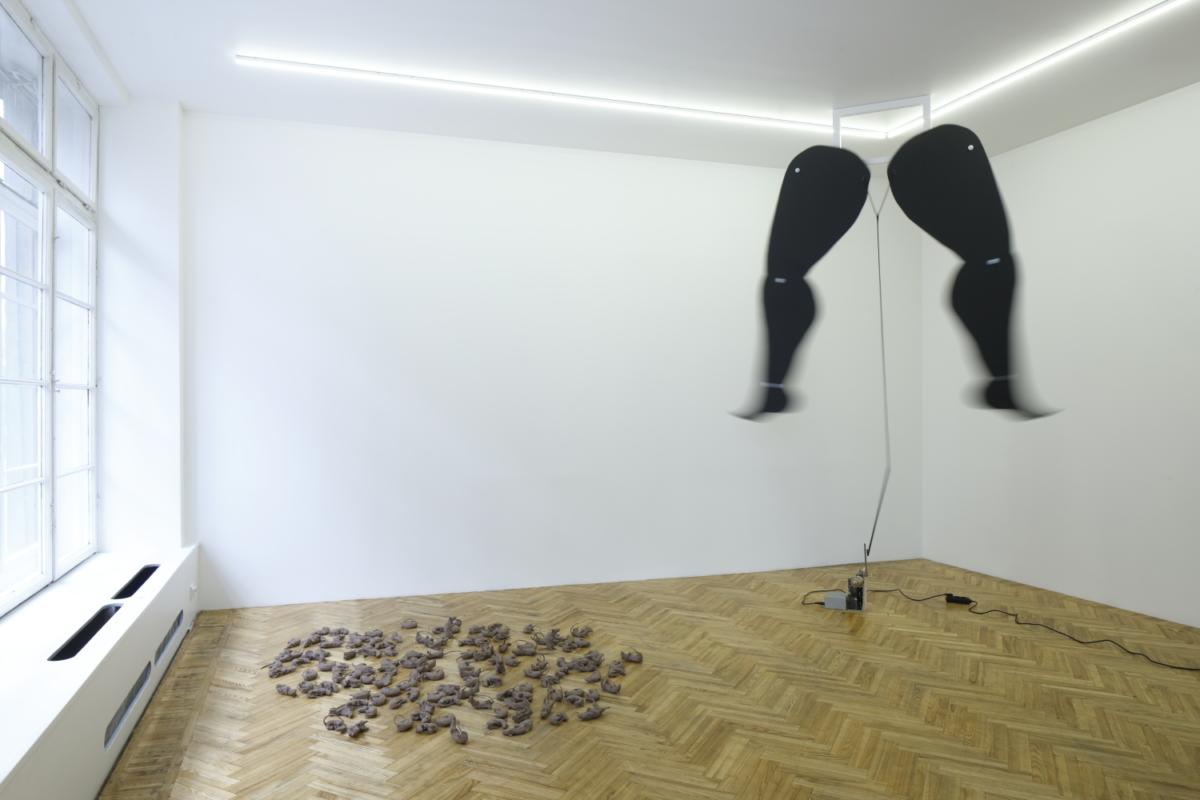
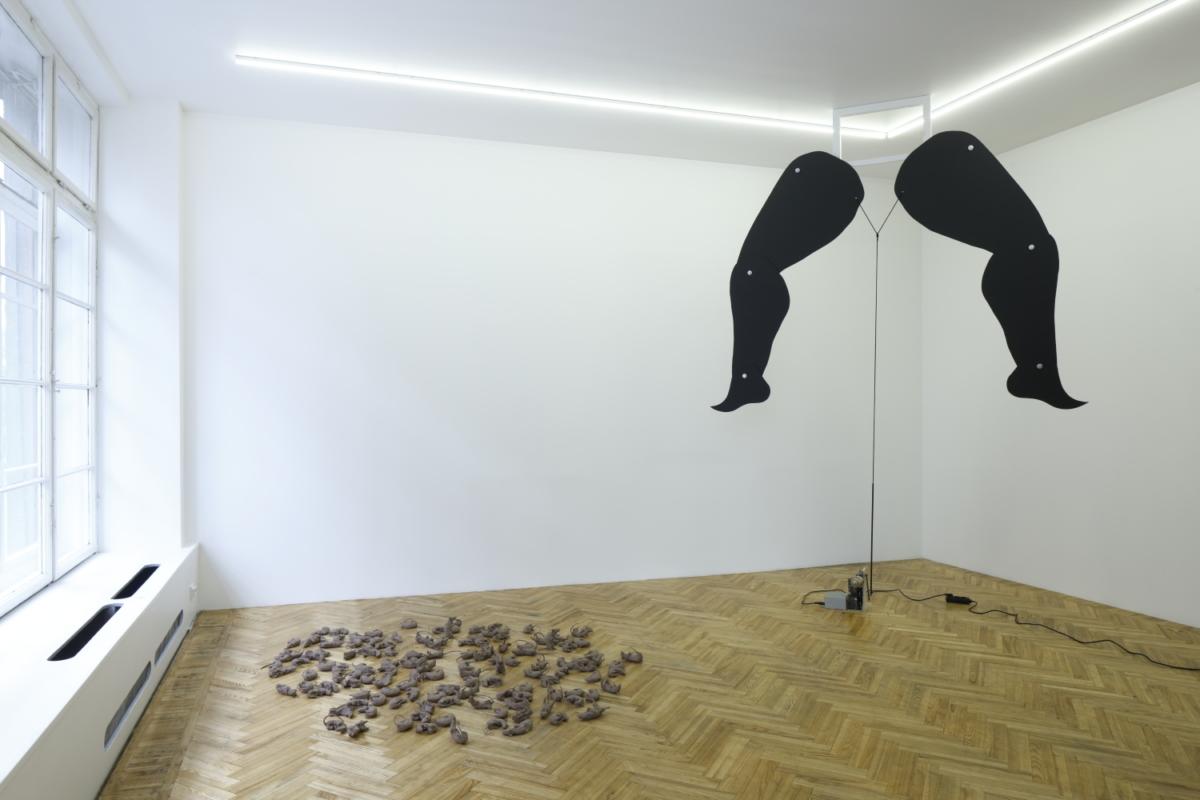

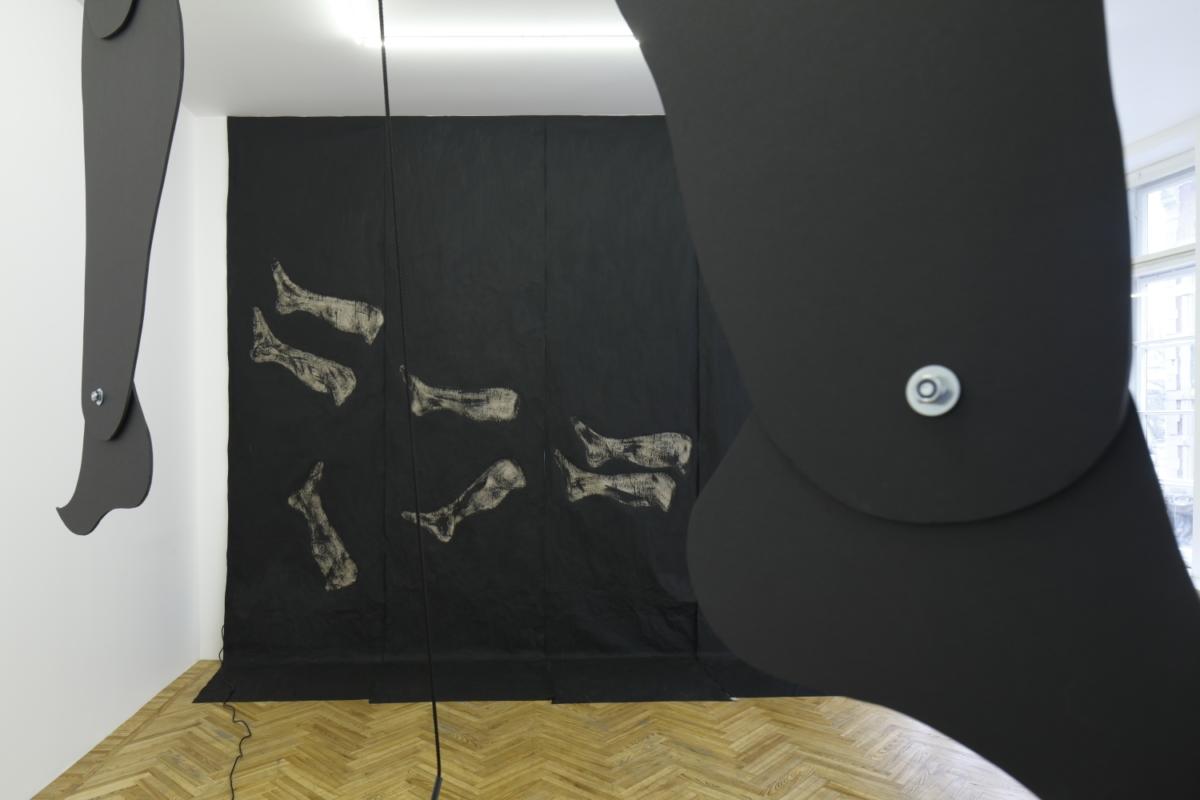
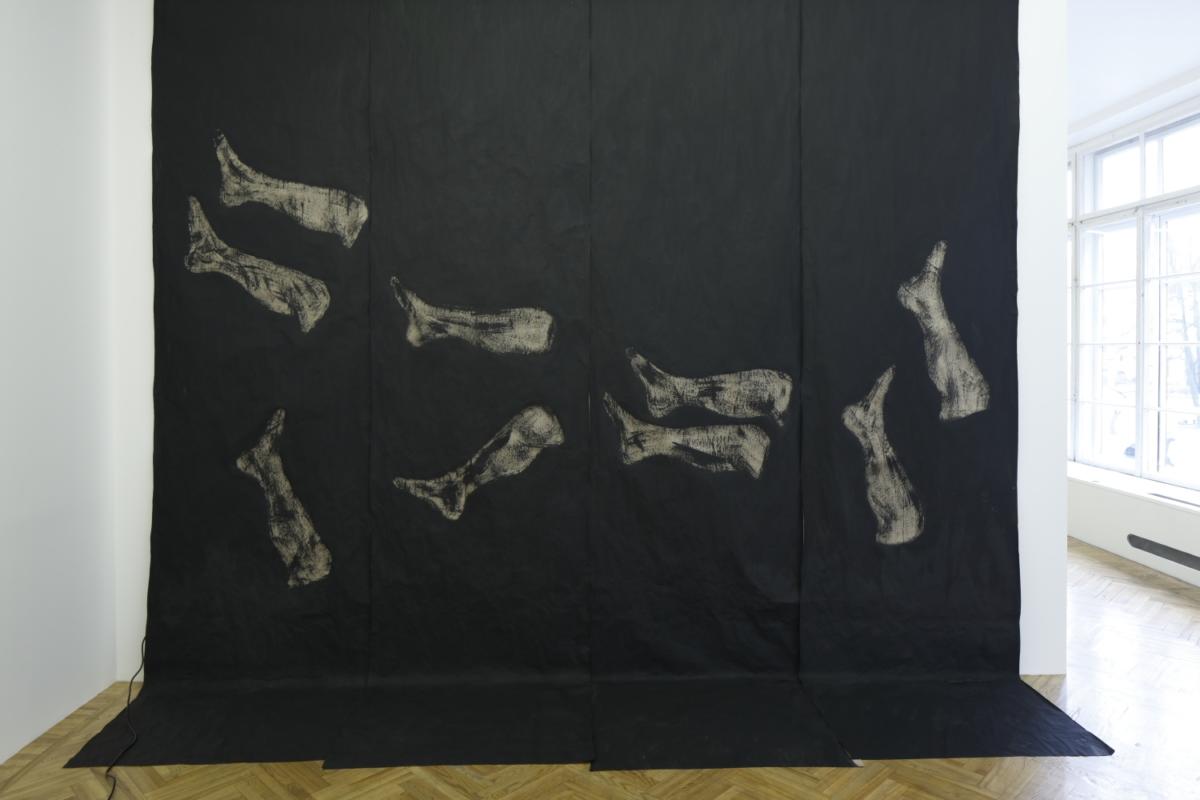

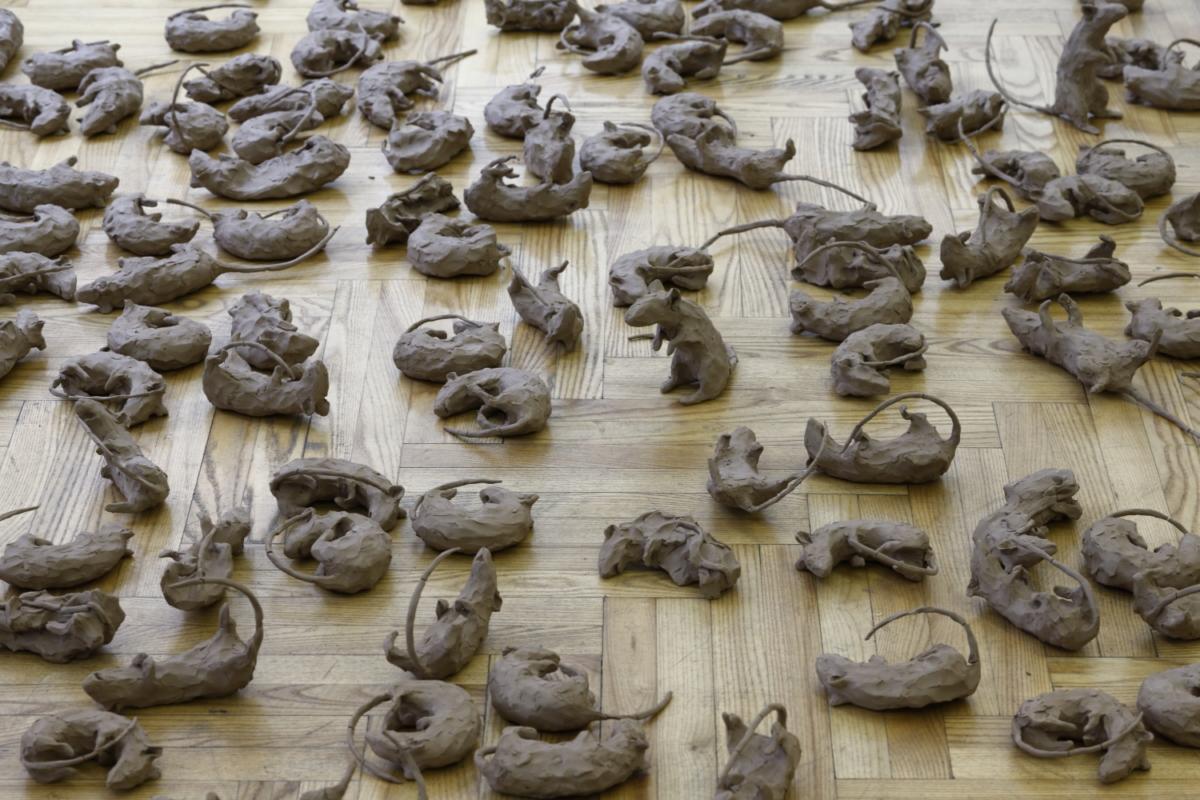
Imprint
| Artist | Anna Salmane |
| Exhibition | Plague |
| Place / venue | Careva, Riga |
| Dates | March–April 2019 |
| Website | www.carevacontemporary.com |
| Index | Anna Salmane Careva |
